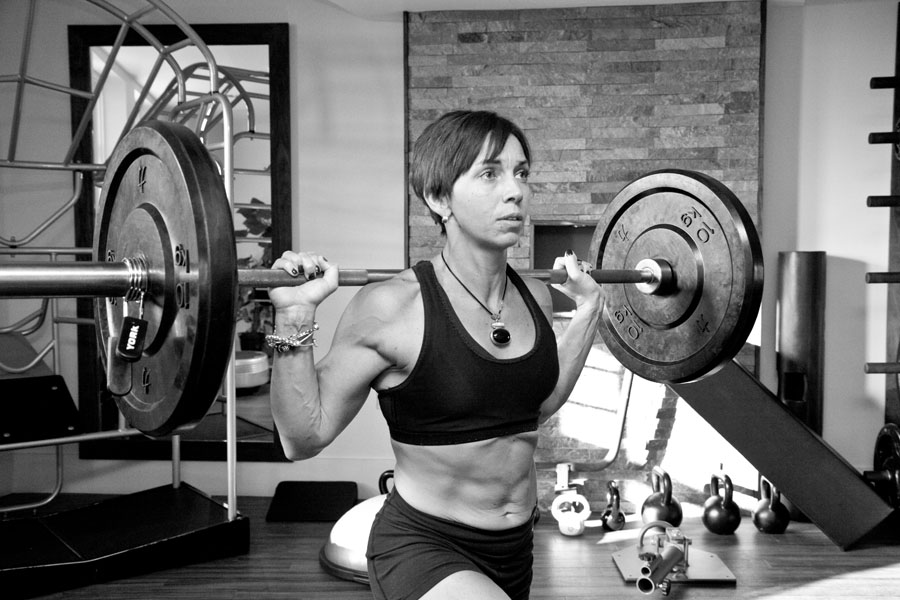Recently I was asked if muscles needed to get bigger to get stronger.
It is often a concern for women that if they train with heavy weights they’ll get bulky.
However, this is not the case.
Sometimes people with less muscle can lift much more than people with more muscle. For instance, large-muscled bodybuilders are likely to be less strong than smaller-muscled Olympic weightlifters, or strength athletes, due to differences in muscle physiology and training programs.
Today I went to Luzia at the Royal Albert Hall. These gymnasts are examples of how strength does not equal size. Some of them are tiny but incredibly strong.
Some people gain proportionately more strength in response to training, while others gain proportionately more muscle, even on identical training regimes.
Although there is a correlation between muscle mass and strength, as larger muscle fibres generally produce more force than smaller muscle fibres, strength training and muscle building do NOT necessarily have the same goal.
Muscle Building versus Strength Training Effects on Muscles
Strength training targets the neuro-muscular system to make muscles stronger. Whereas the aim of muscle building is to modify muscle cell physiology to make muscles larger.
Muscle building targets hypertrophy of muscle tissue—the muscle gaining overall size. Some of the gains may be in an increase in fluids within the muscle cells (sarcoplasmic hypertrophy) and some are in making more new muscle fibre.
Strength training aims to increase the functional ability of muscles and focuses on myofibrillar (muscle fibre threads) development. Strength training programs develop your ability to activate current muscle mass, targeting neuro-muscular development, while promoting slight size increases.
Strength training for women actually helps you use your muscles more efficiently, making you stronger. When you lift heavy weights, you recruit motor units faster, which allows you to use your full strength to perform the lift.
Muscle building focuses on sarcoplasmic (cell cytoplasm) enhancement. Muscle-building programs focus on resistance-training induced intramuscular damage which results in increased fibre diameter and subsequent muscle growth after recovery occurs.
However there is crossover development with either training focus.
Repetition Ranges
Rep ranges are often used to focus on different goals, such as strength and muscle mass.
The recommendation for growing muscle requires 1-6 sets of 8-12 repetitions, using 70 to 80 percent of your 1RM as defined by the American Council on Exercise
A successful strength training program incorporates up to five sets, of 1-8 to repetitions, using heavy loads. ACE defines a heavy load as equalling 80 to 100 percent of your 1RM.
However these are rather general and create the impression that one rep range makes you strong, while another makes you grow muscle, whereas there is more likely a crossover between the two.
CONCLUSION
- Larger muscle mass and overall physical size may provide some strength advantage.
- Performance goals and appropriate training approaches may be different depending on the desired outcome: muscle or strength.
- The amount of muscle you have doesn’t necessarily determine your strength. Your nerves have to learn how to coordinate to make the most of the muscle you’re building.

Rachel Law is a personal fitness trainer based in New Malden, Surrey. Qualifications: ActivIQ Level 3 Personal Training; Burrell Education Pregnancy Exercise Prescription; Burrell Education Advanced Pregnancy Wellness Practitioner; Burrell Education Advanced Post Natal Exercise Prescription; Burrell Education 3rd Age Women Optimal Health and Nutrition; Burrell Education Peri Natal Athlete; Burrell Education Pelvic Flow and Freedom; Olympic Weight Lifting; Premier Global Kettlebells; FIE Level Assessment and Mentoring

